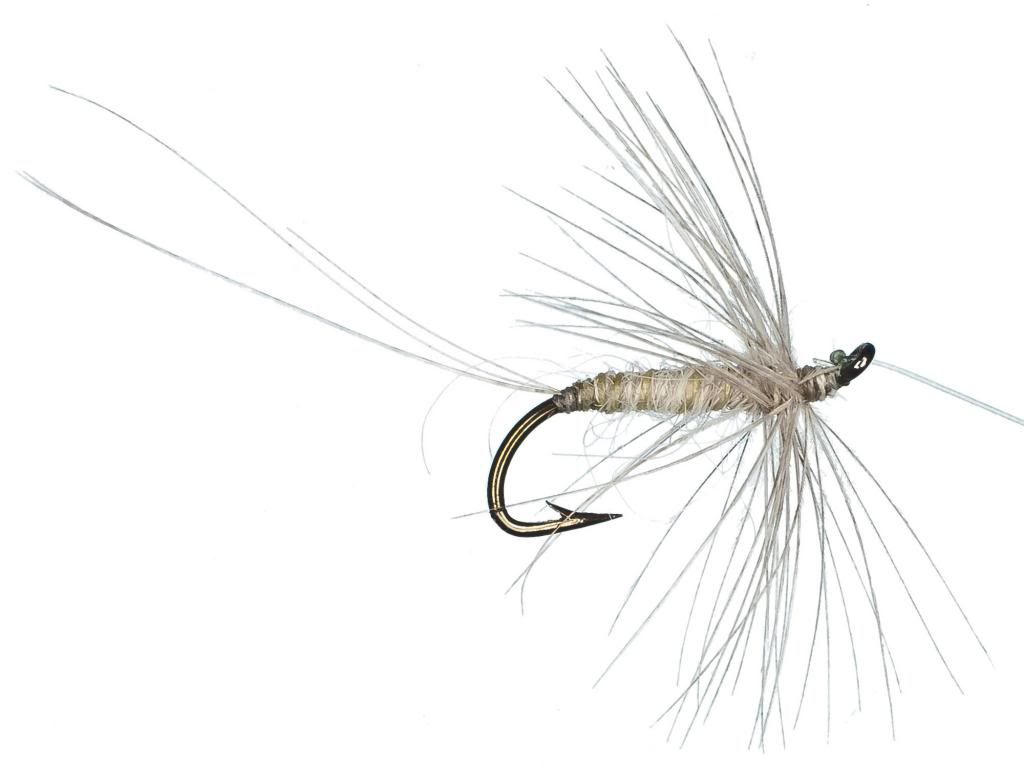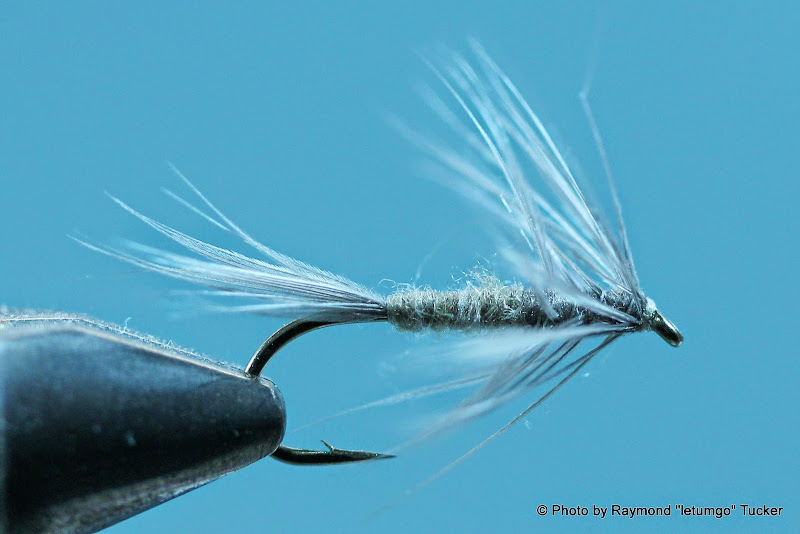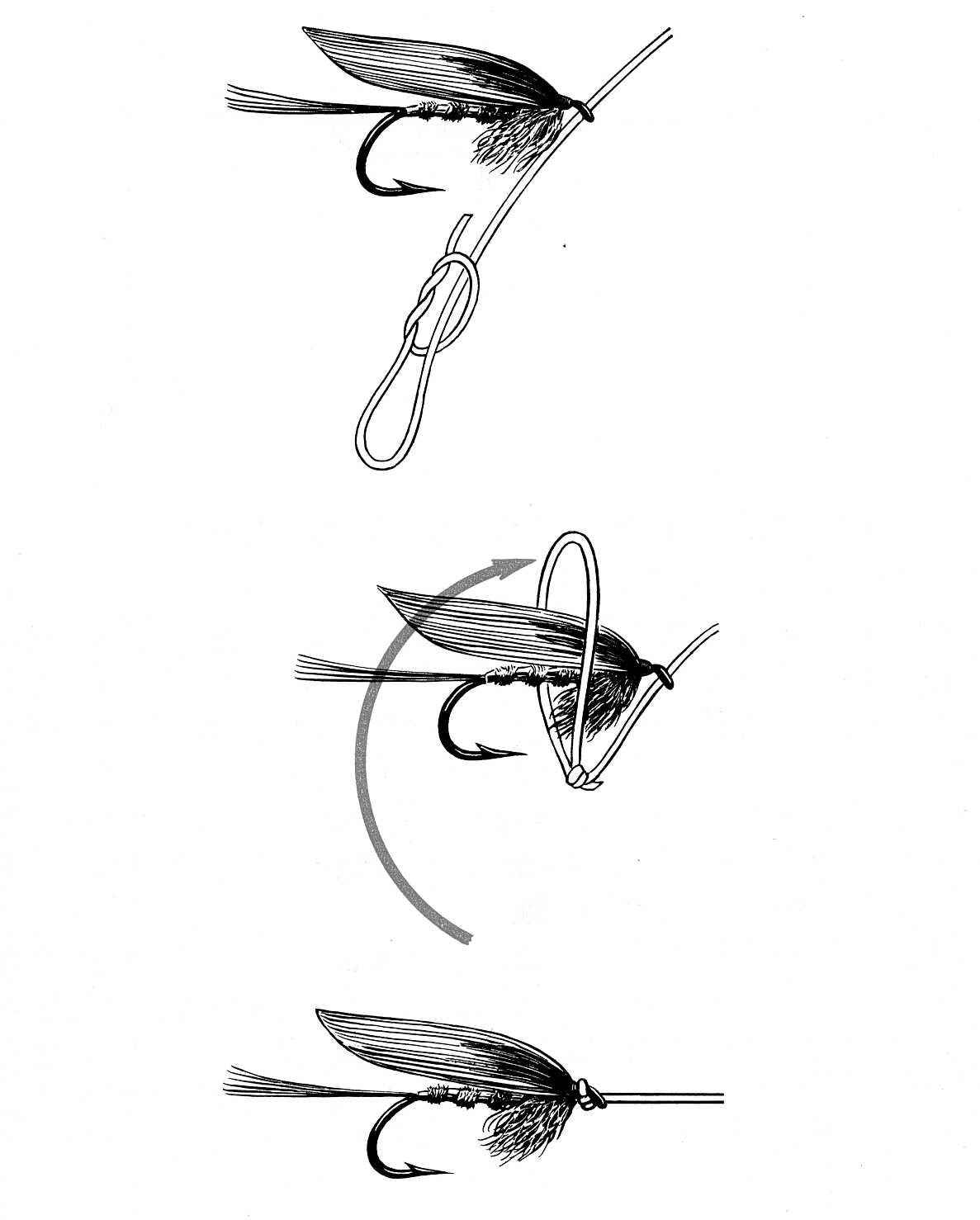Ray, This is a great interpretation of a classic.
Tie2fish has been prodding me to take a fresh look at my father's flies, asking me questions that required going back over photographs I've made. By coincidence, the Pale Watery showed up. Here it is:

A hallmark of Pete's tying, I can finally see clearly, is that he tapered his bodies into a point at each end. When shaping the eye with a whip finish, he was less concerned about its details, and more about the overall sculptural shape—and the double taper. Another thing that I've noticed is that his tail wraps almost always began directly above the barb. His bodies tended to reach their thickest point about mid-shank, although sometime it happened closer to the hackle.
I am not suggesting that you should try to make your fly look like this. Yours is magnificent. But I thought you might enjoy seeing a vintage example of the same pattern. The tippet in the eye says this was fished.
Lance





